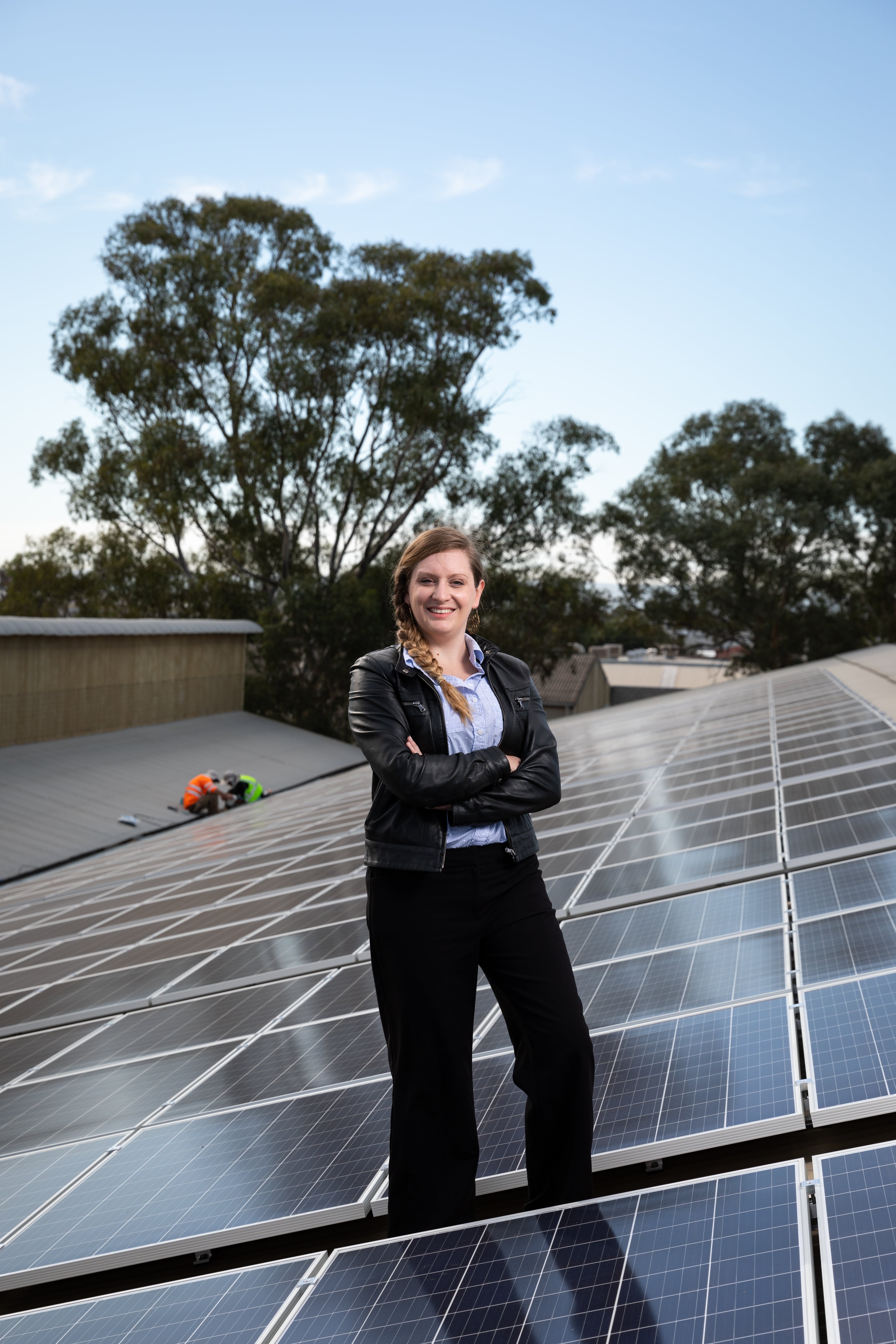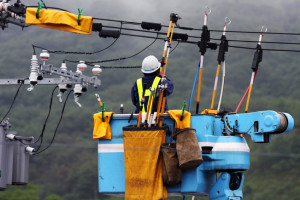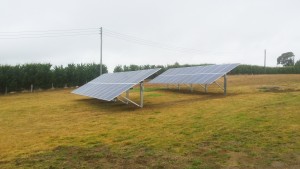

Main image: Emily Driscoll
I’ll begin this article by explaining why I was motivated to write it, and what prompted me to think about my place as a female in the renewable energy industry.
I am a member of a number of renewable energy industry forums, and I recently followed a technical discussion between fellow industry professionals that quickly regressed into sexist comments and inappropriate images. These were certainly not what I expected to see when reading an industry discussion, and I immediately had the feeling that I was out of place. I can honestly say that is the first time it was ever made very clear to me that I was part of a minority.
It’s probably not a surprise to most people that the renewable energy industry is lacking in women, especially in technical and managerial roles. This is true of many industries. In OECD countries, the percentage of women employed in renewable energy is estimated at about 22% – with data suggesting these are mostly non-technical roles (such as administration), are the lowest paid positions, and furthest from positions of authority and decision-making. Worldwide less than 5% of top managerial positions are held by women, compared with a 24% average across other industries.
“We must be proactive about enabling women to establish a stronger equity stake to compensate for historical and contemporary economic injustices and unequal outcomes. This will require more concrete and proactive actions and policies.”
– Bipasha Baruah, Canada Research Chair in Global Women’s Issues at Western University, and an associate professor in the Department of Women’s Studies and Feminist Research
It goes without saying that the renewable energy industry has a lot to gain from employing more women in more varied roles. Yet it is also women who have the most to gain from the development of this industry.
Globally, women are disproportionately affected by non-renewable sources of energy. In developing countries women are exposed to pollution from cooking stoves, study or education is done at night (after domestic tasks are completed) under kerosene lamps, and childbirth is dangerously carried out under dim candle or mobile phone light.
In developing countries, rural and remote communities with poor access to electricity provide excellent opportunities for employment of women in renewable technologies at a local level. Organisations such as Pollinate Energy, or Solar Sister in the US (who directly target women’s employment) have made amazing contributions to the quality and longevity of livelihoods in their respective areas.
“Gender integration within the energy sector not only creates immediate opportunities for women, but it also strengthens a sector that supports better health care, education, and entrepreneurial opportunities for women writ large;”
– USAID – Empowering African Women
Women have huge potential as innovators, reformers, and entrepreneurs in this industry. And as for me, being an administrative cog in the renewable energy engine isn’t of interest. I want to drive renewable energy technologies to their fullest capacity. I want my company to help women – by employing more of them in many and varied roles, and/or providing them with a clean energy solution to improve their quality of living. Luckily, I work with an amazingly passionate and proactive team who are striving to make a real difference to people’s lives with their work. So I’m in good company.
Author: Emily McMahon




Over-investment in network infrastructure, that we don’t actually need, is the real reason our electricity bills keep going up.

Australia will be one of the first countries to receive the much anticipated Powerwall. Here’s the details on what it means for your home’s solar system.

If your off-grid solar installation isn’t already incorporated in your house planning and building approval, then your council may require you to get this approval before the installation of your solar array/s

Learn about the different types of lithium-ion batteries that are available and what applications each one is good for
Electrical Contractor Licenses: VIC REC-31913, TAS 15608294, WA EC15901, SA PGE278927, NSW 279181C
We acknowledge the Traditional Owners of Country throughout Australia and recognise their continuing connection to land, waters and culture. We would like to specifically acknowledge the Kaurna, Wathaurong, Wonnarua, Wiradjuri and Boonwurrung people. We pay our respects to their Elders past, present and emerging.